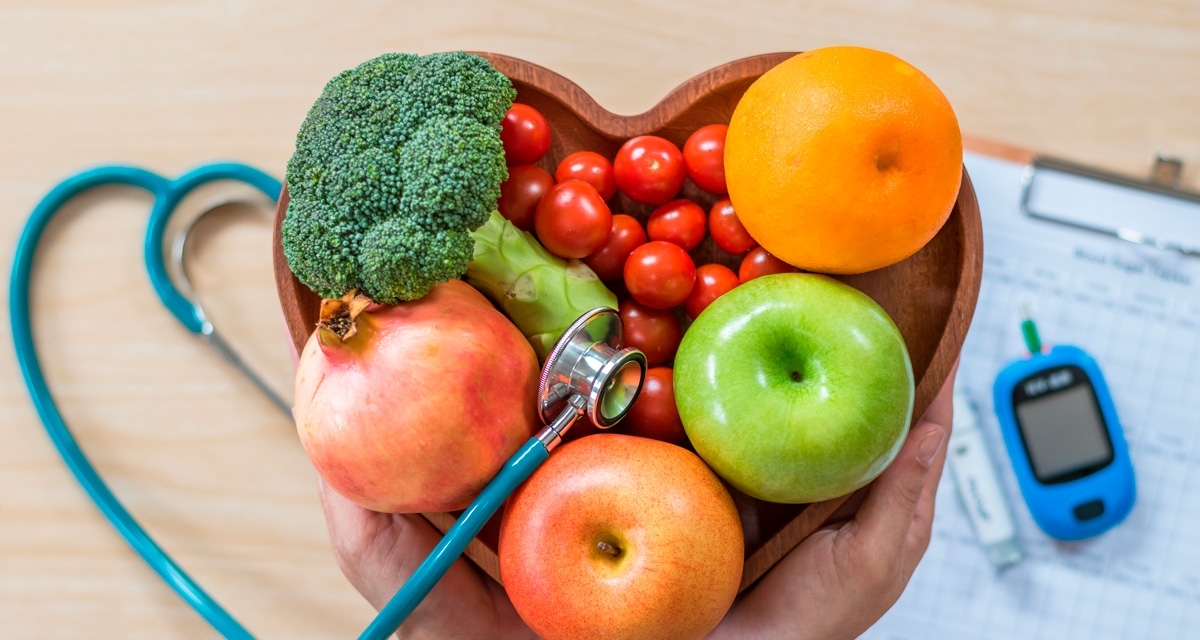
Path of the lipoproteins
Lets attempt to understand the workings of this mechanism of fat production and distribution, and its consequences for you, the consumer.30% of the cholesterol in our organism is supplied by the food we consume. This cholesterol enters the body via foods that contain saturated fatty acids. When at room temperature, the saturated fatty acids are generally found in a solid state, in foods of animal origin, the case of beef, chicken, mutton, pork with the exception of fats derived from coconut, cocoa and palm hearts, and also in the innumerable industrialized foods, produced from animal source material, such as milk, butter, cheeze and other dairy products.
Food enters through the mouth and goes directly to the intestine. There, every three molecules of fatty acids form a triglyceride (this is the result of the encounter of the fatty acid with the glycerol of the lipids in the organism). The intestine itself creates the microbus called Kilomicron (kµ), which undertakes the transport of the triglyceride, always accompanied by a cholesterol molecule. And the microbus departs, full of tasks to perfom via the bloodstream. Like a bad bus, at a certain moment, the Kilomicron breaks down, and many triglicerides abandon it and set off roaming around in the blood. Some of them become fixed to the walls of the blood vessels and others join proteins that come from the liver and begin to form another bus called LDL. But the broken down bus, the rest of the Kilomicron, is still drifting along in the blood, finally to be destroyed when it reaches the liver. However, what is destroyed is only the means of transport, as there is still a surplus of triglycerides and cholesterol seeking transport to enable them to circulate. At this time, the liver creates new transport for these passengers, the VLDL. However, in this part of the journey, the conveyance also suffers problems. And as it goes along, it sheds triglycerides throughout the artery. It loses so many that its very form is lost and becomes transformed into the famous LDL, now in its final form. The LDL has the task of carrying the cholesterol to fulfil all of its functions.
It happens that, in the blood traffic, the LDL could get stuck on the vessel walls and end up releasing cholesterol without this having been solicited. It is here that problems arise. To the extent that the consumer (yes, you, the Internet browser) smokes, does not practise physical activity, suffers stress, has high pressure and excess insulin, he will be subject to grave cardiovascular disturbances. And why? Because the occurrence of any one of the cited factors typical of modern life may cause small lesions in the internal walls of the arteries. These lesions are favourable to the famous free radicals, which, as unstable cells, will cause oxidation of the lesions. It is precisely in these oxidized micro-injuries that the LDL will decide to come to rest. And the conditions for blocking the traffic in this artery will have been created. And all the inevitable consequences of this disaster.
